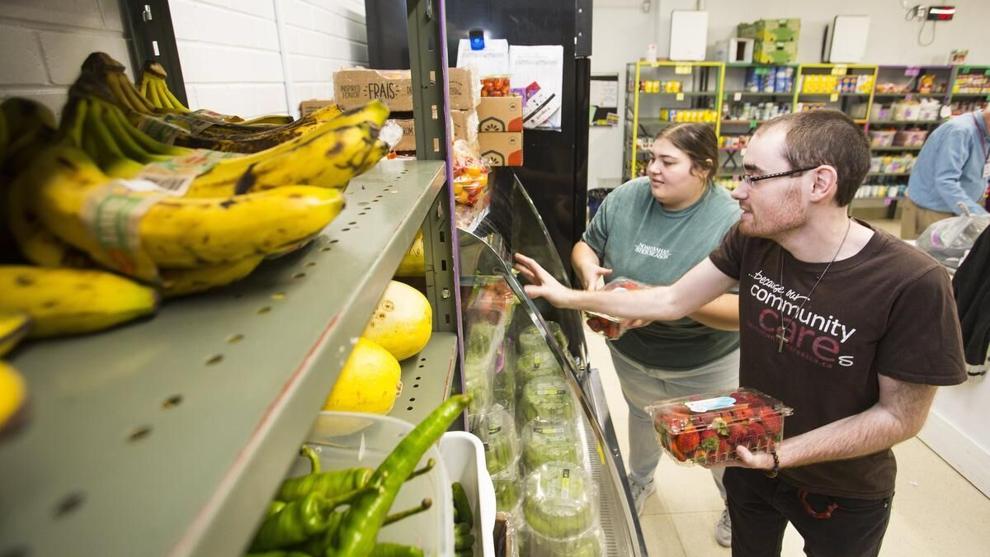Inflation is impacting how people donate – that is the concern expressed by several Feed Niagara partner food banks who are seeing bare shelves even as the need for help increases. Several Niagara region food banks, part of the Feed Niagara group, are bending under the pressure as more people come to their doors, especially as the holiday season approaches. With the high cost of groceries impacting people, more residents are not only coming to food banks, but donating less, said Betty-Lou Souter, executive director of Community Care of St. Catharines and Thorold. “We’re all finding the sticker shock of what’s more expensive than it has been,” she said. Souter said food banks have had to pivot to find new ways to get food. “There’s lots of smaller food drives happening, which are extremely beneficial to us, but we just have to keep momentum going until we get to the new year,” she said. Over the past year, Community Care has helped thousands of new people with access to emergency food, which has Souter concerned for the future of food bank needs.
“ln 2023 alone, we’ve registered close to 3,000 new people, which is concerning because what that says is that it’s not going anywhere,” she said. Pam Sharp, executive director of Project Share in Niagara Falls, also said she has concerns about people’s needs and inability to afford food. “It’s a combination of everything. The housing crisis, that’s certainly a contributing factor and is closely linked to food security,” she said. “If your housing is not stable or if much of your income is going to housing, then there isn’t much left for other basic needs, including food.”
Sharp said the need is great in Niagara Falls and she does not see it slowing any time soon. “The need is certainly increasing at an alarming rate over the past little while. We’re currently serving about one in
eight residents of Niagara Falls, which is a very scary number,” she said. “Food donations are still coming in, comparable to this point last year, but the need has grown so much we’re not meeting that need anymore.” Sharp said as the holiday season approaches, she expects to see a rise in people looking for assistance. “We do see some families only come for these seasonal programs. We run a back-to-school program as well as a Christmas program. ‘We do have families come to us just for those programs and don’t come to us every month for our emergency food program, so that does increase the need.”
Jon Braithwaite, chief executive officer of The Hope Centre in Welland, said food banks were initially seen as a temporary measure to prevent people from going hungry and to get them to their next pay-cheque. “We were a stopgap measure back in the early ’80s, and here we are still running and seeing more people,” he said. The country’s first food bank was opened in 1981 in Edmonton, Alta., which later led to the founding of the Canadian Association of Food Banks 1987, to represent food banks nationally. That became Food Banks Canada – according to its website – which represents more than 4,750 food banks and community organizations. The Hope Centre has had more than 9,000 additional visits in 2023, which roughly equates to more than 81,000 kilograms of food distributed in the community. “I must now find food for an additional 9,000 visits to the Hope Centre’s food bank in one year, that’s twice what we used to see,” Braithwaite said. “We’re fortunate Thanksgiving and Christmas is one of those times where people do reach out to organizations like The Hope Centre and make donations, so, we do have food on our shelves. But, honestly, it’s been touch and go for the last two months, whether we have enough food on our shelves.” Braithwaite said during the holiday periods many people are strictly relying on food banks to make ends meet. “I don’t think big family gatherings are on the radar for many families we work with,” he said. For organizations like Community Care, donations have levelled off.
“Certainly, there are big holes in our inventory. I’ve never seen so many holes in the inventory before,” said Souter. “But the community rallied around Thanksgiving weekend, because everybody recognized that what goes on your table should go on somebody else’s table.”


